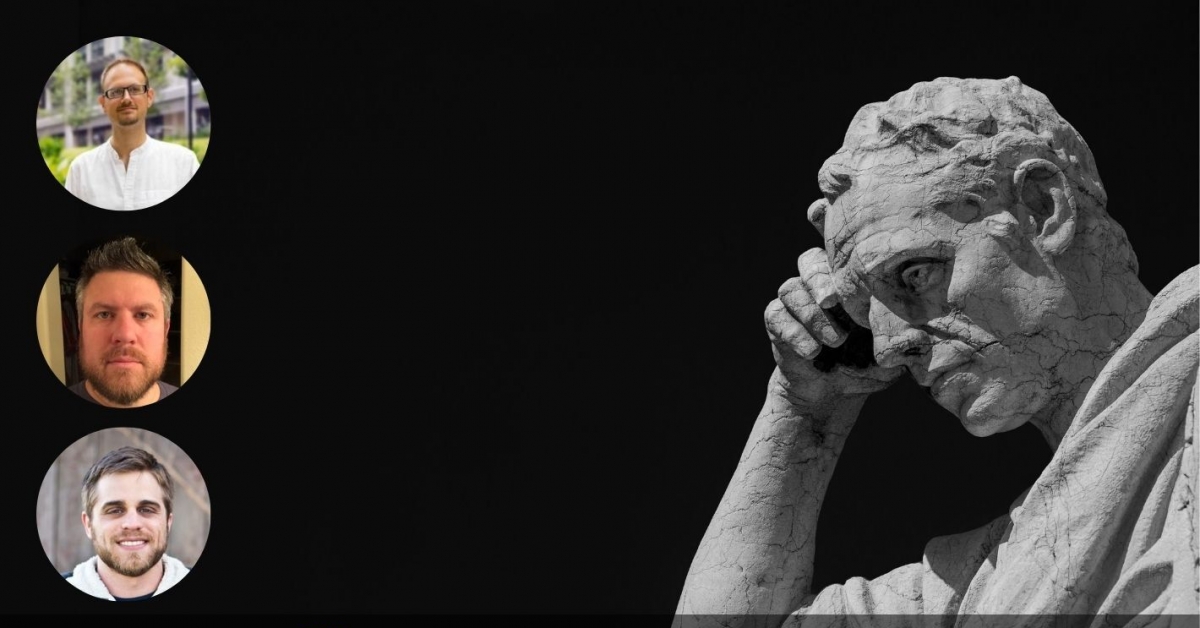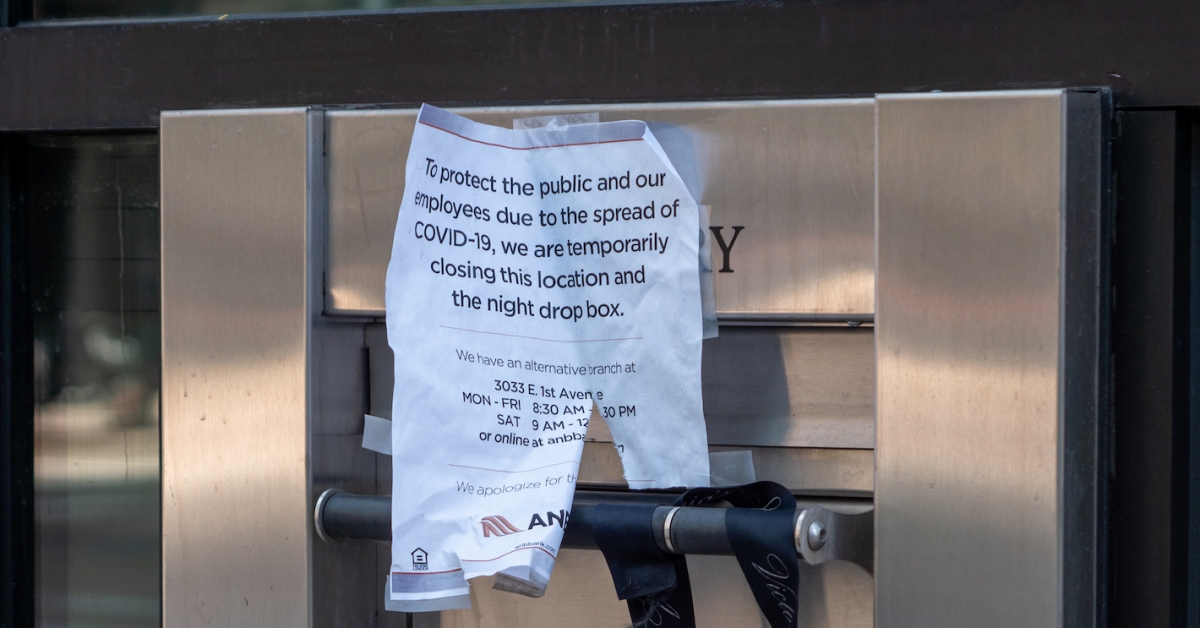DAOs Are the New Degen: Crypto Traders Can Copy-Trade Token Treasuries for Fun and Profit
Another year has almost come to a close and crypto continues to be shrouded in regulatory uncertainty. Now, with some of the choppiest waters we have ever had, sentiment analysis has never been more important and treasuries for decentralized autonomous organizations (DAOs) can serve as a potential guiding light.
Take where we are now, for example.
Consensus Magazine’s Trading Week week is sponsored by CME. Kushagra Agarwal is the co-founder of Samudai.
Despite the current uptick across certain crypto assets, we are very much in a down market compared to last year. Even so, DAO treasuries can yield valuable insights about both where the market is and where it’s going.
Consider Mantle, which aims to serve as an interoperable network hub for all sorts of decentralized projects and communities. Right now, the bulk of its assets are ether (ETH), stablecoins and its own native token. Mantle (MNT) by far makes up the largest allocation.
Logically, it is natural for a DAO to take as much control as possible over its own token during bear markets to decrease liquidity and therefore, overall risk of catastrophic price depreciation.
Compare such an allocation to a year ago when Mantle was heavily exposed to FTX’s native token, FTT, due to FTX’s investment in what was formerly BitDAO in 2021. At that time, BitDAO allowed for a swap of its former native token, BIT for FTT.
When it is a bull market (or in degen speak: “up-only”) DAOs tend to spread out their native tokens in exchange for both further investments in their ecosystems and further investments in other areas to diversify.
When the consensus says it’s a bear, the opposite occurs.
Others, like Gnosis, a top-five DAO by assets under management (AUM), pursue growth strategies no matter the market. In bears, this tends to mean weighting their treasuries towards safer tokens like ETH and its liquid derivatives, but in bulls they often branch out to choppier altcoins.
What about Arbitrum, which stands as the world’s largest DAO by AUM?
For now, its treasury is all-but exclusively allocated to its native token. Whether or not that changes remains to be seen.
Traders, looking for the next wave to ride and set of market indicators, could take cross-sections of these DAO treasuries. This works by cross-analyzing a set of DAO treasury wallets with their respective governance forums, where all treasury related discussions happen. Perhaps mix that with tool sets designed to watch what venture capital funds, crypto hedge funds and even traditional funds do when they move into crypto.
This could create a diversified picture of the market at-large. However no trading indicator is and ever will be foolproof.
DAOs may be down but they’re far from out
Since treasury movements can always be tracked on-chain, they still represent the most transparent example of what crypto practitioners are thinking about their native market. As treasury strategies evolve, they may become even more robust indicators of where the crypto market is leaning.
Ideally a healthy market would involve DAOs diversifying their treasuries with multiple coins that can appreciate in or hold their value even when crypto markets are volatile. More on-chain payments made in DAOs’ native coins also tends to be a positive sign as it shows confidence among contributors in the DAOs longterm prospects.
No indicator is fool-proof, but widening your sources for tracking the market can mean the difference between being in a boat made of wood versus iron when the seas get choppy.
CoinDesk does not share the editorial content or opinions contained within the package before publication and the sponsor does not sign off on or inherently endorse any individual opinions.
Edited by Daniel Kuhn.









